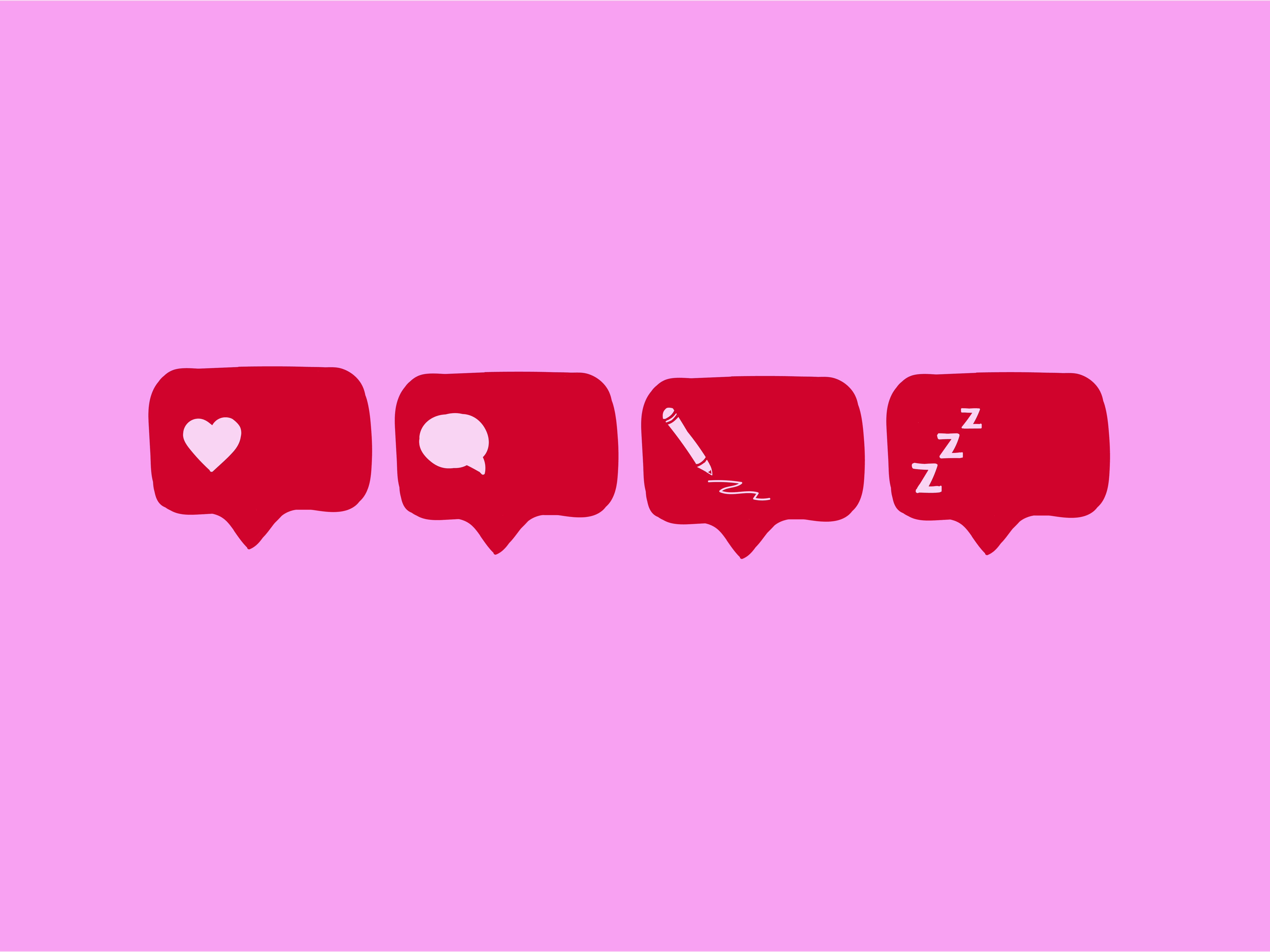If you’ve been anywhere on the Internet in the past few years, you’ve probably witnessed an influencer controversy. From the countless Fit Tea and appetite suppressant scandals surrounding the Kardashian sisters to far more disastrous events such as Fyre Fest, there are an endless number of fame-fueled fiascos immortalized in data and pixels. It can be difficult, in light of such controversies, to find something favorable to say about what has become the hottest contemporary occupation, but influencers do have some redeeming qualities.
It is incredibly easy to see the negative aspects of the new job, mostly because influencers are so visible. Due to its innovative nature, the influencer occupation is constantly evolving in real time, earning it significant media coverage in the process. The brighter the star of influencer culture burns, the more it is difficult to understand exactly what it is, especially in traditional terms.
Admittedly, through its ebbs and flows, the core nature of an influencer has remained the same. At the most basic level, influencer culture has made brands out of individual personalities. While the idea of a person and their personality being marketable is not a new one — celebrity endorsements have been around since the rise of commerce — the nature of it has changed. The tune used to be “Person X is notable and therefore gives a trustworthy face to our product.” However, this has now mutated into “Person X is likeable and therefore people will listen to them.” This may seem like a small shift, but in reality, it’s changed the entire power dynamic of commerce and marketing.
With the old model, it was always big companies that ran their markets and commercial appeal. It was done centrally and with little variation, which kept everything easy to control. Usually, the brand would hire a celebrity to be the face of a product, they would shoot a few commercials and it would end at that. Now, while star power remains a factor, it has become far more difficult to incorporate for brands.
Through the accessibility that social media allows, people’s marketability relies not on a crux of personal achievements but on a well-crafted public persona that people trust. The seeming glamour and ease of influencing has made it incredibly attractive for millennials and Gen Zers. Sponsored posts and influencer-driven ad campaigns now make up a large part of social media advertising. Content creators can even buy YouTube views. For companies trying to cut through people’s ad desensitization, using these individuals’ friendly demeanors to sell is a rational choice. This is often accompanied by an influencer marketing campaign, and influencer marketing platforms such as Humanz, Upfluence, and Grin help marketing managers find Instagram influencers who will cooperate with their brands and give the wanted results.
While clearly profitable, the idea of marketing to impressionable people, especially young kids, under a pretense of friendly advice can be risky and unethical. The ethical dilemma is especially poignant for those who market products that are harmful or dishonest in nature, like Kim Kardashian’s now infamous appetite-suppressant lollipops. Undoubtedly, there are many ways that influencers can be toxic and terrible influences, particularly for younger audiences. Regardless, along with all that negative potential comes a crucial upside.
The very essence of an influencer lies within their value as an individual, not just a sponsor or a brand, which means that, like any other human, they are allowed to change their minds. They also have the freedom to, through their influence, support causes that they consider important and encourage actual change. Plus, because brands have become so reliant on them to sell products, business giants are more likely to listen.
A good example of positive influencer impact has been the push against animal testing within the beauty community. Ethical product testing was part of a conversation on a global scale following the European Union’s decision to ban the practice, but influencers brought that concern to a more accessible level. Videos of cruelty-free clean outs flooded YouTube, featuring influencers with varying audience sizes cleaning out their makeup bags of brands that practiced animal testing.
Since then, a significant number of brands have made the switch over to more ethical practices, even in the U.S. where animal testing is still very much allowed. The biggest company yet to switch over has been Covergirl, which announced in early 2018 that they would being going cruelty free internationally.
There are a number of individuals that use their platforms for good in similar ways, putting forth an effort to do use their influence to positively impact more than just their wallets. Influencers serve as a nuanced but increasingly valuable resource to the open market. They have become almost like a public think tank, an added consumer control for companies. To appeal to their markets, companies have to appeal to them, and in turn their audiences.
In short, influencers have become direct advocates for the consumer, and, through their unique accessibility to both sides of the market, have the added opportunity to change it for good.
















